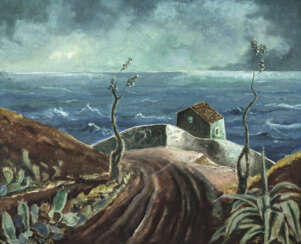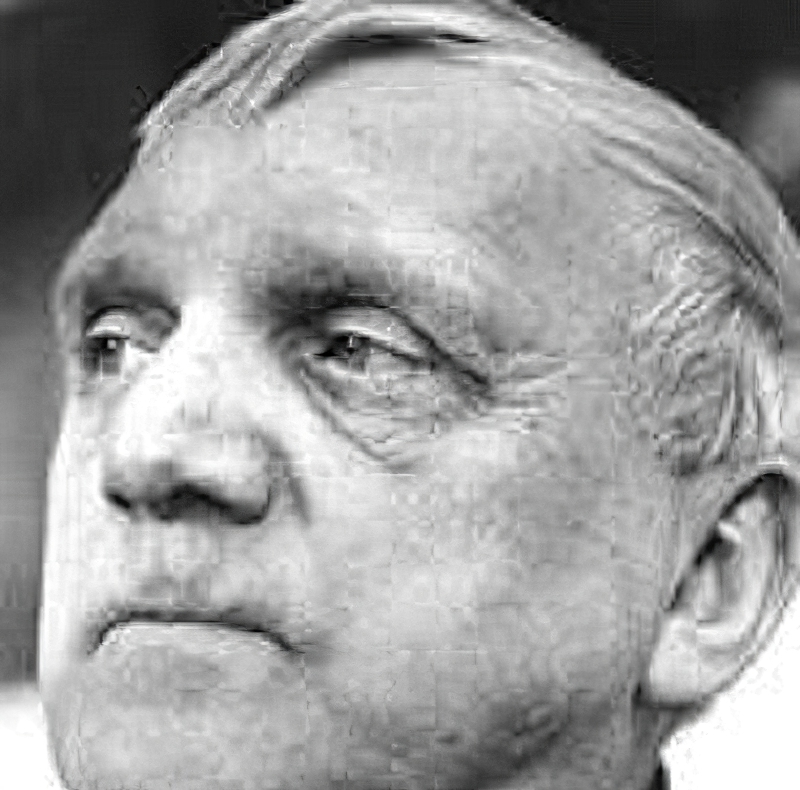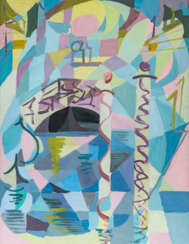
Paintings Classic Modern — 407-4: Modern Contemporary Art

Hermann Groeber was a German painter who was known throughout Germany as a portraitist and landscape artist.
Hermann Groeber gained early success as a self-employed painter. He joined the German Association of Artists, and after Ludwig Schmid-Reutte was appointed to Karlsruhe, Groeber took over his class of nude acts, which soon enjoyed great popularity.

Hermann Groeber was a German painter who was known throughout Germany as a portraitist and landscape artist.
Hermann Groeber gained early success as a self-employed painter. He joined the German Association of Artists, and after Ludwig Schmid-Reutte was appointed to Karlsruhe, Groeber took over his class of nude acts, which soon enjoyed great popularity.

Friedrich Wilhelm Otto Modersohn was a German painter of the late 19th and first half of the 20th centuries. He is known as a landscape painter, a representative of the Barbizon School.
Otto Modersohn produced Barbizonian-style landscapes early in his career, but from about 1890 his style became more expressionist, with an emphasis on his choice of colors. The death of his second wife influenced his style: the colors became darker and the images more stark. Modersohn was one of the founders of the Worpswede artists' colony. A large collection of his works is kept in the Modersohn Museum in Fischerhude, and a street in Berlin is also named after him.

Friedrich Ahlers-Hestermann was a German painter and art writer from Hamburg. He was a member of the Hamburgische Künstlerclub of 1897, as well as of the Hamburg artist's workshop of 1832 and pupil of the Académie Matisse in Paris. After the First World War, he was a co-founder of the Hamburg Secession.

Walter Schulz-Matan was a German painter of magic realism. After training as a decorative painter, the Thuringian Walter Schulz-Matan led a life of wanderings across Europe. After military service and captivity in World War I, he lived in Munich from 1919, maintained his first studio in Munich-Schwabing from 1920 and worked as a stage painter for the "Neue Bühne". From 1930 he was one of the co-founders of the exhibition group 7 Munich painters. Schulz-Matan was also a member of the Neue Secession and the Deutscher Künstlerbund. In the New Objectivity art movement, Schulz-Matan developed his own artistic specificity in the Magic Realism movement. During the Second World War he worked as a war painter in France, then again as an artist in Munich.

Conrad Felixmüller was a twentieth-century German artist, born Conrad Felix Müller. He is known as a painter, graphic artist, illustrator and printmaker, a representative of the New Materiality movement, who worked in the Expressionist style.
Felixmüller created about 2,500 paintings and graphic drawings, the main motif of which was the human being. The artist considered himself a socially critical expressionist, and his works reflected scenes from everyday life. In the 1930s, many of his works were confiscated by the Nazis as examples of degenerate art and destroyed. As a result of the bombing of Berlin in 1944, Felixmüller lost much of his work.

Anton Gutknecht was a German-American landscape painter known for his maritime seascapes of southern California and rural Europe. With a particular interest in the tumultuous nature of the ocean, the artist often focused on capturing waves crashing on the shore or on the boughs of a ship rendered in a high level of realistic detail. Gutknecht spent his early life traveling between different areas of the country, notably Munich and Hamburg, observing the mountainous terrain that would later be the focus of his work and bring him recognition. Gutknecht taught at the Royal Academy in Vienna before frequently traveling to southern California in the 1930s, eventually moving there to settle in Palm Springs and focus on capturing the landscape there.

Louis Valtat was a French painter and printmaker associated with the Fauves ("the wild beasts", so named for their wild use of color), who first exhibited together in 1905 at the Salon d'Automne. He is noted as a key figure in the stylistic transition in painting from Monet to Matisse.

Louis Valtat was a French painter and printmaker associated with the Fauves ("the wild beasts", so named for their wild use of color), who first exhibited together in 1905 at the Salon d'Automne. He is noted as a key figure in the stylistic transition in painting from Monet to Matisse.

Karl Hofer was a German expressionist painter. He was director of the Berlin Academy of Fine Arts.
One of the most prominent painters of expressionism, he never was a member of one of the expressionist painting groups, like "Die Brücke", but was influenced by their painters. His work was among those considered degenerate art by the Nazis, but after World War II he regained recognition as one of the leading German painters.

Hélène de Beauvoir was a French painter. She was the younger sister of philosopher Simone de Beauvoir. Her art was exhibited in Europe, Japan, and the US.

Hélène de Beauvoir was a French painter. She was the younger sister of philosopher Simone de Beauvoir. Her art was exhibited in Europe, Japan, and the US.

Lambert Maria Wintersberger was a German artist.
With other artists such as Markus Lüpertz, Karl Horst Hödicke, and Bernd Koberling, he helped found the Gallery "Großgörschen 35" in Berlin.
Lambert Maria Wintersberger was the laureate of the Centre Européen d'Actions Artistique Contemporaines in Strasbourg in 1992, and in 2005 and 2006, he was the guest artist at the Majolika Ceramic Factory in Karlsruhe.

Gesa Will is a contemporary German artist. 1965-1969 studied painting and graphics in Cologne and Munich. She undertook study trips to France, Spain, Morocco, Turkey, Iran, Afghanistan and Pakistan. Since 1970 she has been working as a freelance artist. Has his own graphic design studio in Munich. She paints plants, landscapes, still lifes, portraits.























































